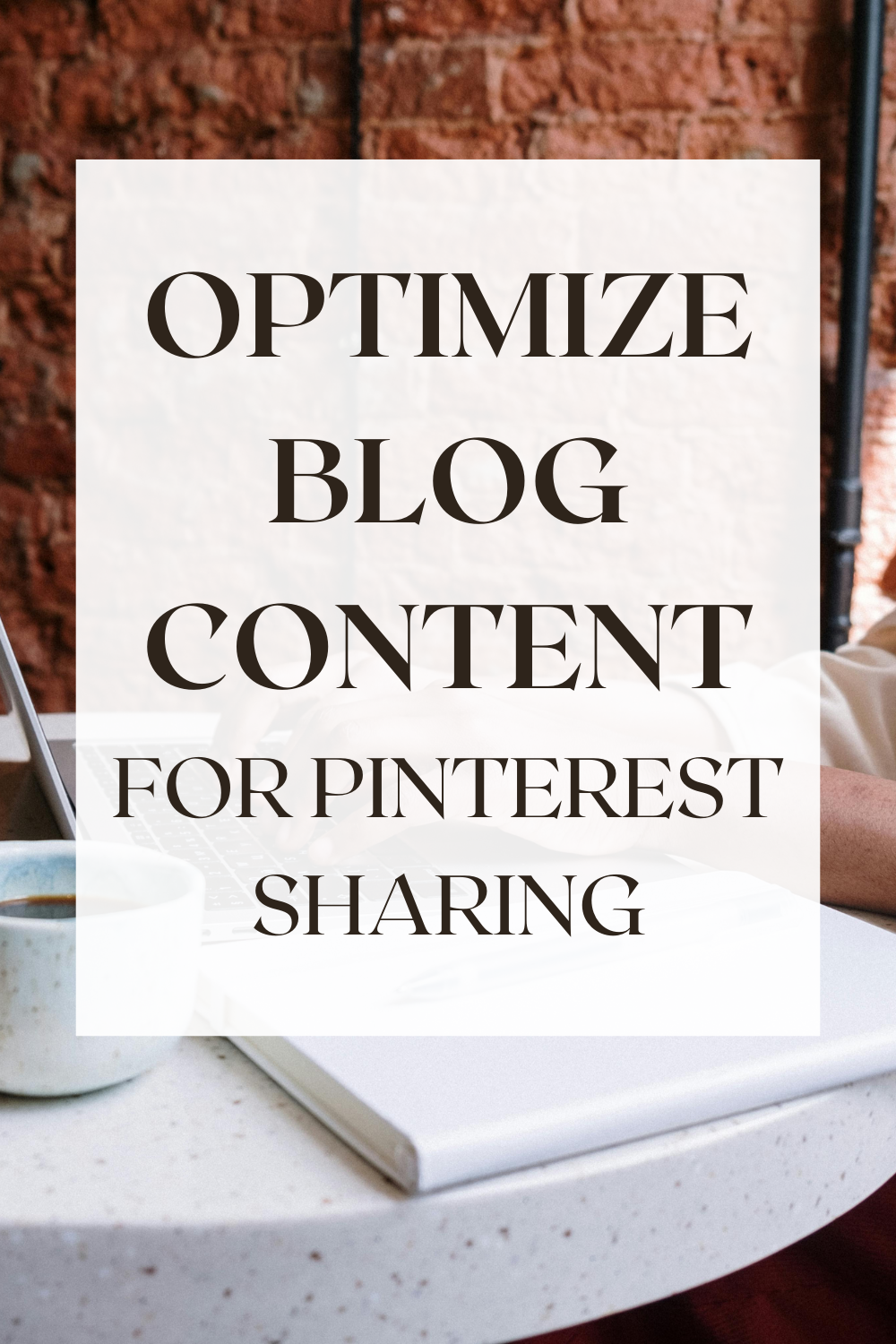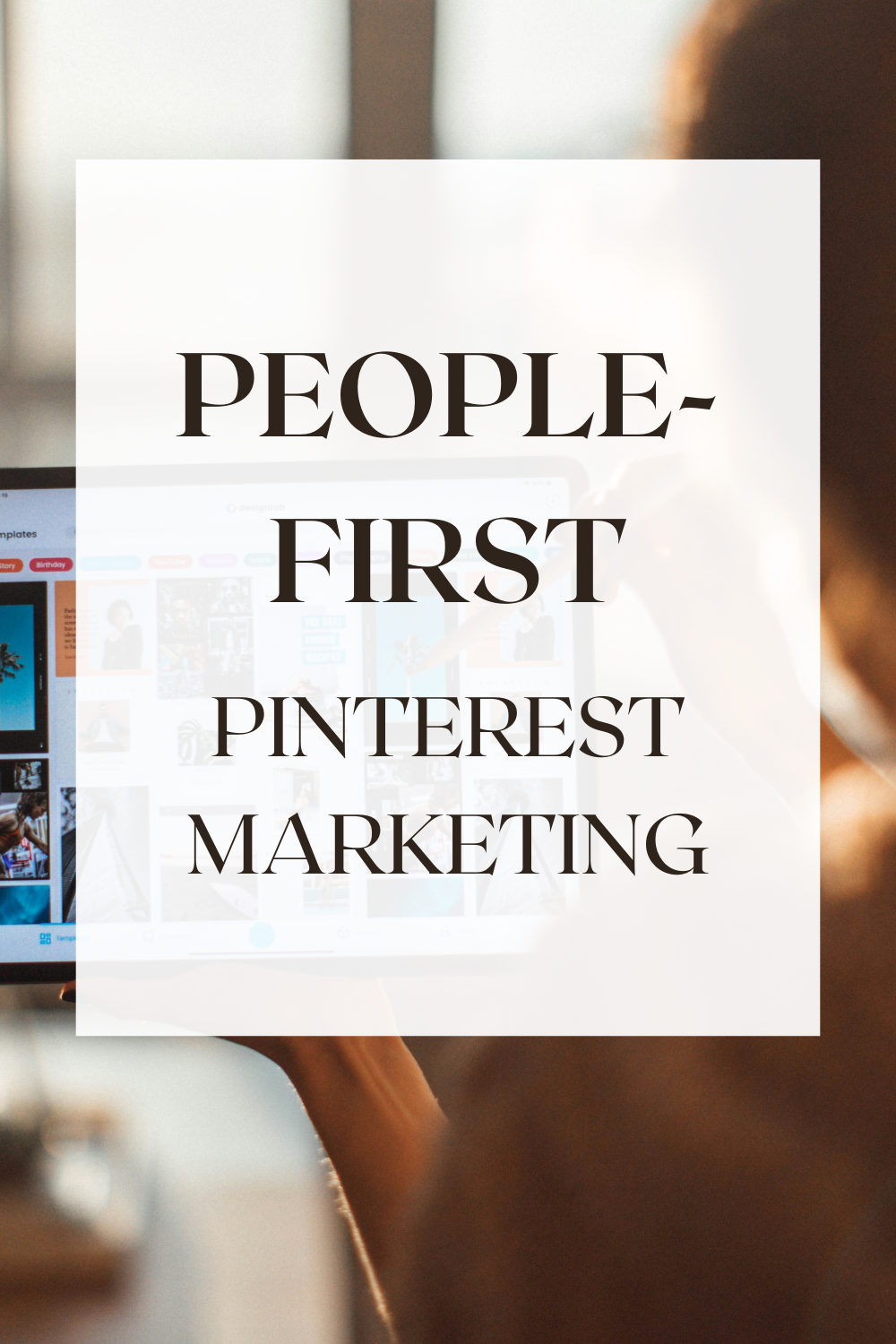Best Practices for Using Stock Photos on Pinterest
Using stock photos can really save the day when you want to create sleek, professional-looking pins for Pinterest without the hassle of organizing a full photoshoot every time. However, if you have browsed Pinterest lately, you might have noticed the same images popping up on countless pins, making it tough to stand out.
The good news is that with a solid approach, you can utilize stock photos to craft unique, on-brand pins that actually play nicely with Pinterest's algorithm.
Let’s take a look at some effective tips for using stock photos on Pinterest and where to find the best-quality options for your business.
Make Them Relevant to the Pin Content
When it comes to Pinterest, the main thing to remember is that relevancy is everything. Think of Pinterest not just as a social media platform but more like a visual search engine. Its algorithm looks at every image you upload, checks out the text you add, and tries to match it with similar pins in the same category.
So, if you pick a stock photo that does not really relate to your pin topic, it just confuses Pinterest and your audience. For instance, if your pin is about “10 Best Tropical Honeymoon Destinations” but you use a photo of a stylish desk setup, you are sending mixed messages.
This can make it tough for Pinterest to categorize your pin correctly, which can hurt your visibility in search results.
When you are unsure, go for stock photos that people would expect to see while searching for your keywords. If you are creating pins for business topics, photos of laptops or clean workspaces are great choices. For travel-related pins, stick to images of beaches, cities, or iconic landmarks that match your theme.
Avoid Overly Busy Stock Photos
Another important tip is to avoid using overly busy stock photos. It is essential to keep in mind that your pin will likely feature text, branding elements, and possibly multiple design components all vying for attention. If your background image is cluttered with too many patterns, colors, or intricate details, it can quickly become overwhelming and chaotic.
As a result, viewers might struggle to focus on your message, making it difficult for them to read the text you have included. Given that Pinterest users tend to scroll through their feeds rapidly, a cluttered image could lead to lost clicks and engagement.
To create a more visually appealing and effective pin, opt for cleaner and simpler photos that incorporate some negative space. Negative space refers to the empty areas surrounding the main subjects of the image. This design technique not only makes it easier for the eye to navigate the pin but also enhances the overall aesthetic. Clean images with ample negative space allow your text to breathe and stand out, making it more readable and inviting to viewers.
For instance, a serene beach scene with a subtle sky might serve as a fantastic backdrop for a travel-related pin. The simplicity of the image can highlight your text and encourage users to learn more.
Similarly, a minimalist work desk shot can underscore business content without overwhelming the viewer with distractions. By utilizing simpler images, you create a more professional look that not only captures attention but also effectively communicates your message.
This thoughtful approach can significantly improve user engagement, as viewers are more likely to click on pins that are visually appealing and easy to understand.
Double-Check The Licensing Terms
And don’t forget to check the licensing terms! While this may not be the most thrilling aspect of using stock photos, it is absolutely essential for protecting both yourself and your content. Each stock photo site has its own set of rules regarding how images can be used, and you definitely do not want to accidentally violate any of these terms.
Most free stock photos come with commercial use rights, meaning you can use them for business purposes, but there are important exceptions to be aware of. For example, some images may require attribution or may only be used in a non-commercial context.
Additionally, it is crucial to remember that downloading images directly from Pinterest and using them as your own pins constitutes copyright infringement. Pinterest is not a stock photo source, and using someone else’s image without permission can lead to legal issues. This is why it is always best to source your images from trusted stock photo websites where you can easily access clear guidance on how each image can be used.
To ensure you are following best practices, consistently get your images from reputable stock photo sites - whether you are opting for free resources like Unsplash or Pexels, or choosing a paid service with premium options.
This not only protects you legally but also provides you with a wider selection of high-quality images to choose from. By sourcing your graphics properly, you can create marketing materials confidently, knowing that you are respecting copyright laws and maximizing your chances for success. Plus, it enhances your credibility as a content creator when you consistently use authorized images, building trust with your audience.
Overall, understanding and adhering to licensing terms is a vital step in the creative process that should not be overlooked.
Don’t Use The Same Photo Repeatedly
Lastly, don’t keep using the same photo over and over. Pinterest loves fresh content. Even if you are sharing the same blog post, mix up the stock photos for each pin. Using the same few images repeatedly can make your content feel stale and signal to Pinterest that your pins are not new.
Instead, create a library of on-brand stock photos and rotate them. Not only will this keep your feed visually appealing, but it will also help attract different audiences.
Final Takeaway
Using stock photos on Pinterest does not have to be boring or feel overused. If you approach it thoughtfully, you can craft pins that not only look cohesive but are also legally sound and fit well with your brand and what Pinterest looks for in its algorithm.
Start by gathering a solid mix of both free and paid stock photo sources, and then apply some best practices to make your pins pop. Keep in mind that Pinterest loves content that is relevant, high-quality, and varied. When you use stock photos in a smart way, you can definitely hit all those marks!













Holiday searches on Pinterest are in full swing! Check out the latest seasonal ideas and top-performing keywords on Pinterest in November.